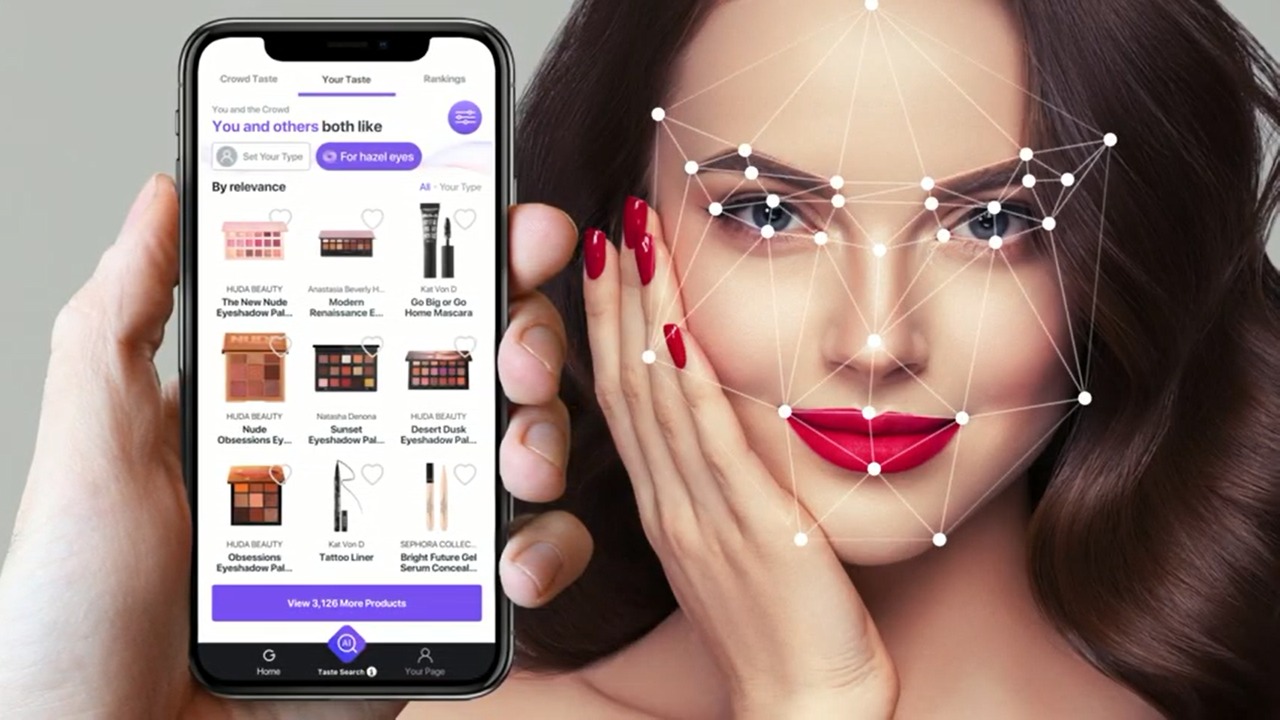Fashion entrepreneurs need to improve the online consumer experience in finding and trying on clothes to provide the online shopping experience that matches the experience in the real world. This strategy can increase the value of fashion transactions in online trading, especially during the Covid-19 pandemic.

A lecturer of the School of Business and Management (SBM), Bandung Institute of Technology (ITB), Reza Ashari Nasution, Ph.D., said that trying goods directly remains the primary consideration for consumers buying fashion products. Thus, consumers prefer the conventional shopping route in buying fashion products, indicated by the growth of online fashion product purchases during the pandemic.
It did not significantly increase and was even less than the purchase of electronic products. Reza cited the survey results of Delloitte, revealing that purchases of fashion products increased by 2%, while it was 4% for electronic products.
Therefore, sellers need to improve the consumer experience of buying products to increase sales of fashion products in e-commerce. “Digital innovation in buying fashion products is necessary, such as virtual technology enabling consumers to try clothes online,” says Reza, on Tuesday (2/11/2021).
One technology to apply is creating a 3-dimensional avatar. Consumers scan their body size first using a scanner device, such as a smartphone camera. It is then converted into a three-dimensional avatar that is a reference for trying on clothes online.

Another applicable technology is Augmented Reality (AR). This technology makes the experience of trying on clothes online closer to the experience of trying on in person. Instead of using a three-dimensional avatar, consumers can directly use their self-image captured through a cellphone camera, then try on clothes that have been converted into AR products.
E-commerce entrepreneurs must also pay attention to other factors related to consumers’ online shopping experience that can reduce consumers’ enjoyment of online shopping. “Transaction security, delays in processing orders, discrepancies between photos and real products, difficulty in returning products, and inappropriate choices of payment methods can reduce the pleasant experience of consumers shopping online,” says Reza.
Not only sellers but providers of e-commerce platforms must also observe these factors because many store accounts they manage have different quality standards. To address this issue, marketplaces, such as Tokopedia and Bukalapak, provide a review column for consumers to assess store services and products and provide ratings for stores to indicate the quality of their services.
E-commerce sellers should also consider consumer experience in searching for information online. Sellers can help consumers get information by providing product recommendations and reviews from experts.




